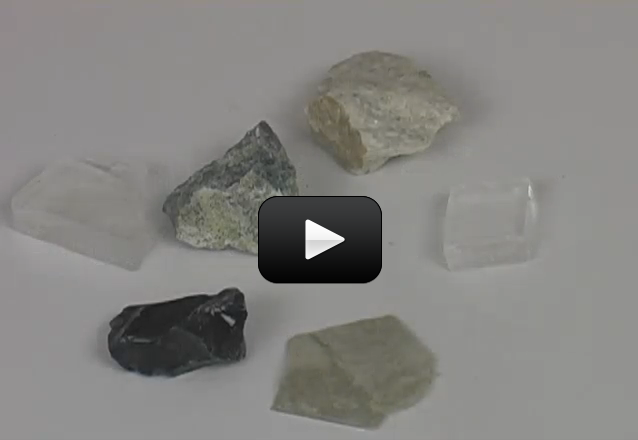Today, you’ll learn what to look for in a broken mineral. There are different names for the types of breaks that a mineral can experience. You’ll need to ask a few important questions during your investigation, like, “What is the difference between mineral cleavage and fracture?”
Please login or register to read the rest of this content.


Quartz doesn’t have cleavage – it breaks irregularly.

I was wondering about the quartz. The sample that we have which I thought was quartz because it was referred to as quartz in the last video about Moh’s scale of hardness . It has flat sides indicating cleavage and is quite translucent. I think I saw it laying on the table in this video as well . But you talk about quartz as having only fracture properties and showed a picture of pieces that are rough on all sides. Thanks in advance for some clarity.
The obsidian is really pretty.
-Olivia